Vought F-8 Crusader
.jpg)
.jpg)
https://en.wikipedia.org/wiki/Vought_F-8_CrusaderThe Vought F-8 Crusader (originally F8U) is a single-engine, supersonic, carrier-based air superiority jet aircraft built by Vought for the United States Navy and United States Marine Corps (replacing the Vought F7U Cutlass), and for the French Navy. The first F-8 prototype was ready for flight in February 1955. The F-8 served principally in the Vietnam War. The Crusader was the last American fighter with guns as the primary weapon, earning it the title "The Last of the Gunfighters".
The RF-8 Crusader was a photo-reconnaissance development and operated longer in U.S. service than any of the fighter versions. RF-8s played a crucial role in the Cuban Missile Crisis, providing essential low-level photographs impossible to acquire by other means. United States Navy Reserve units continued to operate the RF-8 until 1987.


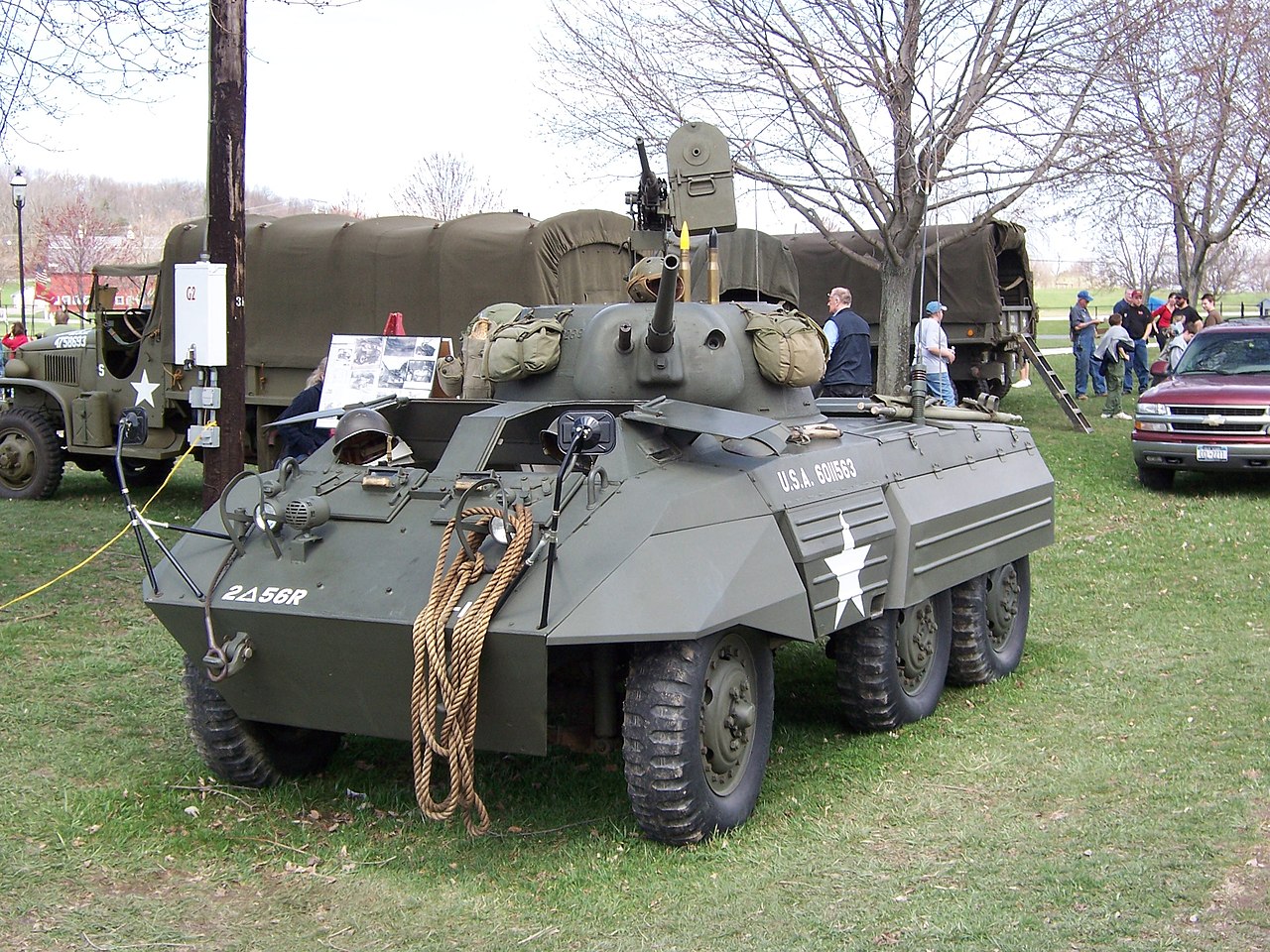






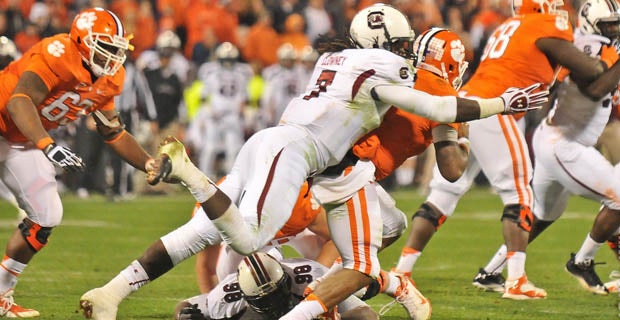
/cdn.vox-cdn.com/uploads/chorus_image/image/55998265/Chris_Smelley_South_Carolina_v_Kentucky_8iA_9Sx0lYzl.0.jpg)
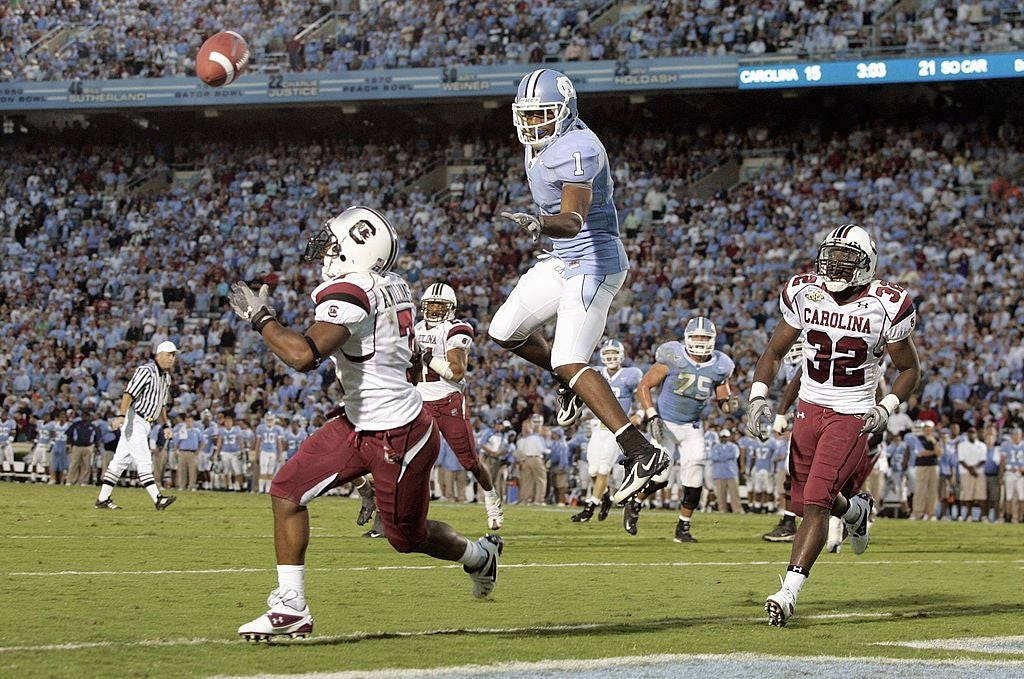


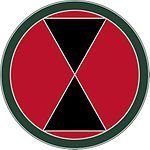
.jpg/1280px-A-7E_Corsair_II_of_VA-146_in_flight_on_16_November_1974_(NNAM.1996.253.7100.039).jpg)